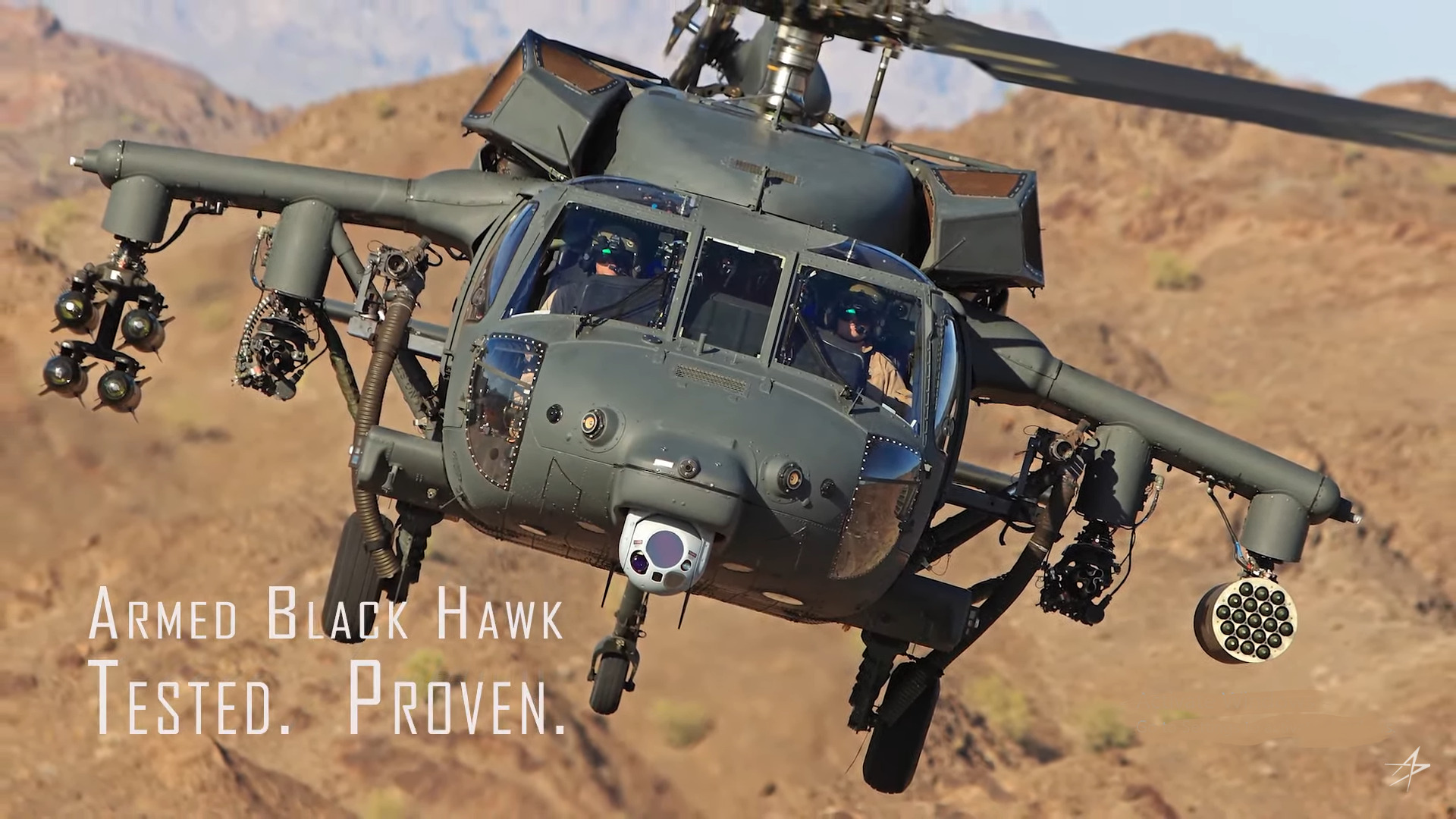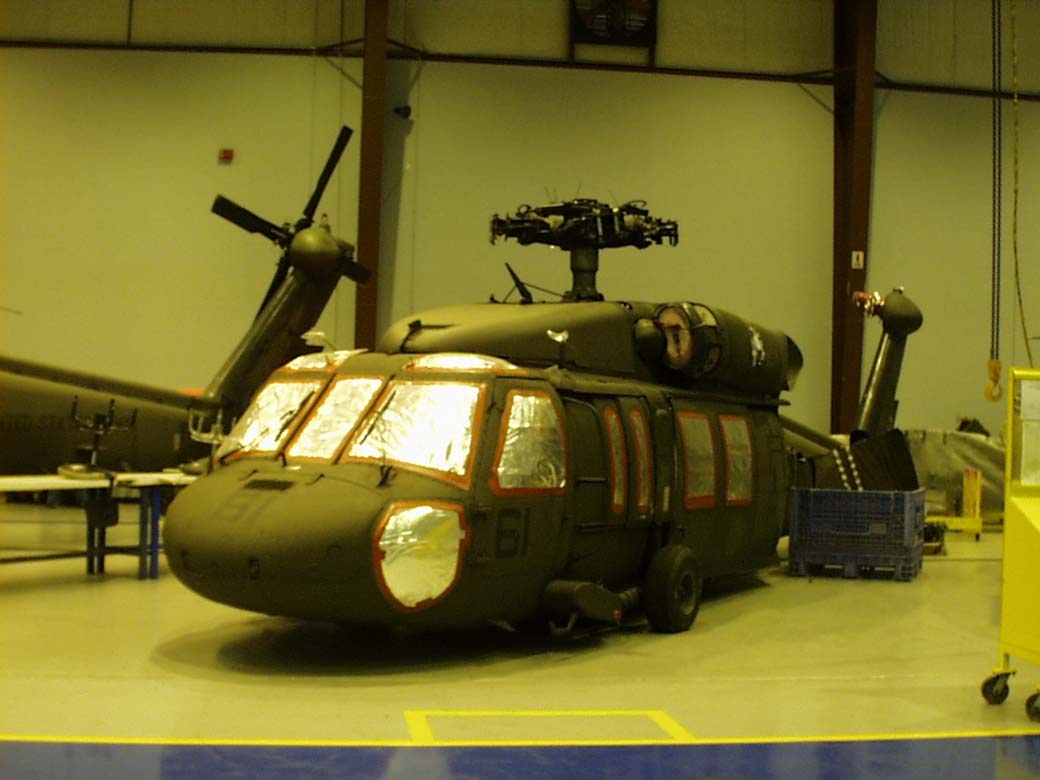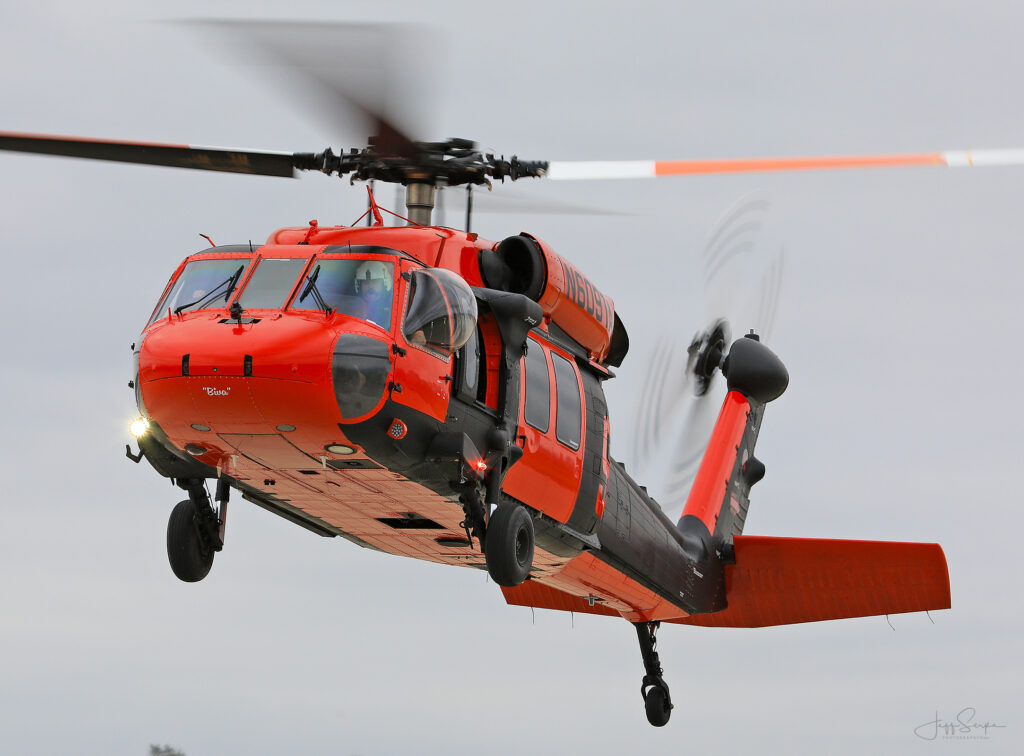Everything You Required to Learn About the UH 60 Helicopter
The UH-60 helicopter, a keystone of united state Army aeronautics given that its debut in 1979, represents an impressive mix of engineering and functional flexibility. Recognized for its phenomenal rate and variety, the UH-60 has been adjusted for different missions, from army transport to clinical evacuation. As army needs develop, so as well does the helicopter, with ongoing developments targeted at enhancing its capacities and incorporating modern technologies. To fully appreciate the significance of the UH-60 in contemporary armed forces operations, one have to consider its history, style, and the future innovations that can redefine its role.
History of the UH-60
Created in the late 1970s, the UH-60 Black Hawk helicopter became a reaction to the united state Military's need for a flexible energy helicopter that might execute a selection of goals under challenging conditions. The motivation for its design was the imperfections recognized in the earlier helicopters utilized throughout the Vietnam Battle, especially in terms of survivability, maneuverability, and speed.
The Black Hawk was designed by Sikorsky Aircraft, integrating sophisticated modern technologies and products to improve its performance and toughness. It was formally introduced into service in 1979, promptly coming to be a critical property for armed forces operations - uh 60. Its ability to move troops, clinical evacuation, and logistical assistance in both battle and altruistic objectives made the Black Hawk an indispensable element of the U.S. Military's aviation fleet
Throughout the decades, the UH-60 has been constantly updated, adapting to the transforming nature of warfare and the advancing demands of modern armed forces procedures. Its functional background consists of involvement in major problems, peacekeeping goals, and disaster relief efforts, solidifying its track record as a trustworthy and reliable helicopter in different environments worldwide.

Style and Specs
The style of the UH-60 Black Hawk helicopter regularly reflects a commitment to operational performance and adaptability. Established by Sikorsky Aircraft, this medium-lift energy helicopter features a smooth, wind resistant body that enhances speed and maneuverability. Its tandem blades system, identified by 2 counter-rotating blades, lessens vibration and boosts lift ability, enabling much safer procedures in diverse atmospheres.
The UH-60 is powered by 2 T700-GE-701C turboshaft engines, supplying a maximum rate of approximately 180 knots and a variety of around 400 nautical miles. Its durable airframe is constructed from advanced composite products, ensuring sturdiness while keeping a relatively low weight. The helicopter has a maximum gross weight of about 22,000 pounds, supporting a functional payload arrangement.

Objectives and roles
A flexible platform, the UH-60 Black Hawk helicopter serves a plethora of duties and missions within armed forces procedures. Created mostly for troop transport, it can lugging up to 11 soldiers, making it a vital property for quick deployment and logistical support.
In enhancement to army transportation, the UH-60 masters medical discharge (MEDEVAC) goals, geared up with sophisticated medical equipment to offer critical care during transit. Its ability to run in varied settings enhances its effectiveness in battle search and rescue (CSAR) procedures, where speedy extraction of workers is crucial.
The helicopter additionally plays a substantial function in reconnaissance and monitoring objectives, using onboard sensing units and equipment to gather knowledge. Furthermore, its flexibility reaches logistical support, efficient in carrying materials and tools to forward operating bases - uh 60.
In combat operations, the UH-60 can be furnished with various weapon systems, enabling it to provide close air support. Its multi-role capacity makes the Black Hawk an essential tool for modern-day military pressures, adapting seamlessly to the evolving needs of field of battle situations and guaranteeing mission success across a variety of operational contexts.
Performance and Capacities
Understood for its robust efficiency, the UH-60 Black Hawk helicopter boasts remarkable capacities that improve its operational performance across numerous objectives. uh 60. This multi-role airplane is furnished with powerful twin-engine Turbomeca Arriel 1D1 engines, giving extraordinary speed and maneuverability, with an optimum cruise rate of approximately 150 knots and an operational range of check over here around 400 maritime miles
The Black Hawk's advanced avionics and fly-by-wire control systems dramatically improve trip safety and handling, permitting it to operate in varied environments, consisting of adverse weather condition conditions. Its adaptability is further exemplified by its capacity to bring approximately 11 fully equipped troops or a haul of approximately 8,000 pounds, making it suitable for troop transportation, medical emptying, and logistical assistance goals.
Furthermore, the UH-60 is designed for survivability, featuring enhanced airframes, ballistic protection for team and guests, and advanced countermeasure systems to avert hazards. The helicopter's agility and speed, integrated with its ability for rapid implementation, make it an indispensable asset in contemporary army operations, guaranteeing that Source it stays a vital element of tactical air support and field of battle flexibility.
Future Developments

One considerable focus is the combination of innovative avionics systems, which will certainly enhance situational awareness with enhanced navigating and communication capacities. This includes the possible use of man-made intelligence to aid pilots in go to this web-site decision-making and goal preparation.
Additionally, future variants might incorporate advanced products and style features to reinforce the helicopter's longevity and minimize its radar signature, enhancing survivability in opposed atmospheres.
The intro of hybrid-electric propulsion systems is additionally imminent, intending to improve gas efficiency and minimize logistical worries. Such improvements can expand operational range and decrease the helicopter's ecological footprint.

Final Thought
The UH-60 helicopter represents a considerable development in armed forces aeronautics since its intro in 1979. Its robust layout, versatile capacities, and continuous upgrades guarantee its significance in numerous operational duties, including army transport and medical discharge. As technology progresses, future growths will likely enhance its efficiency with the integration of fabricated intelligence and hybrid-electric systems. The UH-60's sustaining presence emphasizes its vital duty in modern military procedures and highlights the continuous development of military aviation modern technology.
The UH-60 helicopter, a keystone of U.S. Army aeronautics since its debut in 1979, stands for an impressive mix of engineering and functional versatility. As military requirements progress, so as well does the helicopter, with ongoing improvements intended at boosting its capacities and integrating modern technologies.The style of the UH-60 Black Hawk helicopter constantly mirrors a dedication to functional performance and versatility. Developed by Sikorsky Aircraft, this medium-lift utility helicopter features a smooth, aerodynamic fuselage that improves rate and maneuverability.The UH-60 helicopter represents a considerable improvement in armed forces aeronautics given that its intro in 1979.